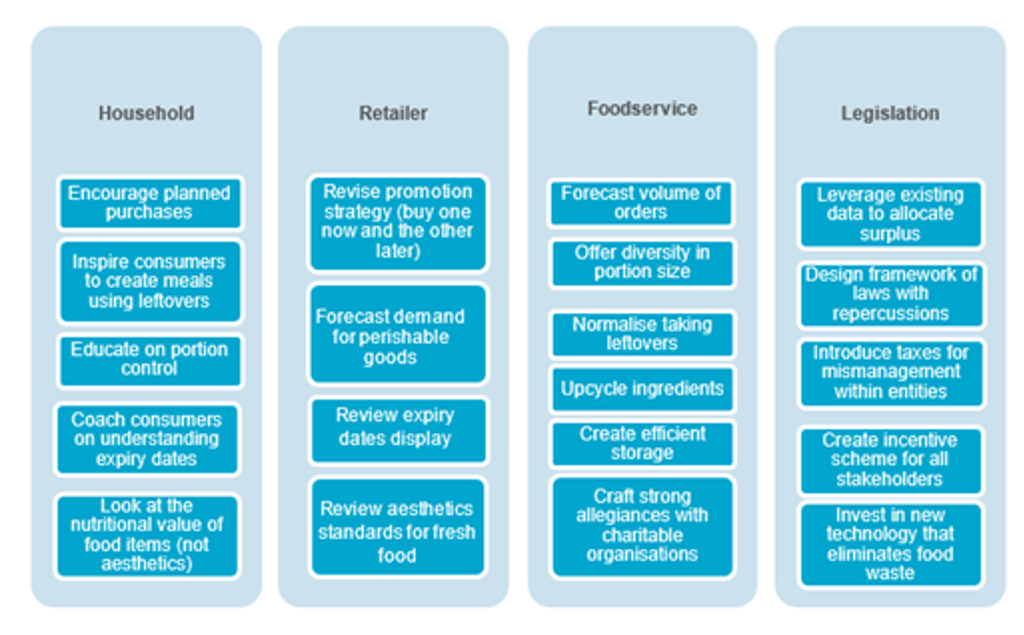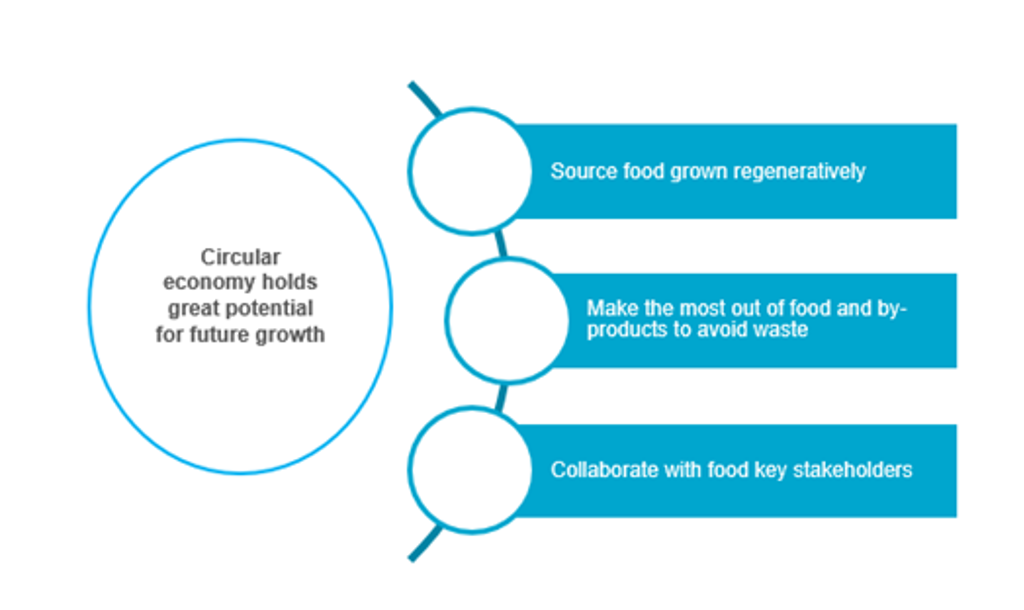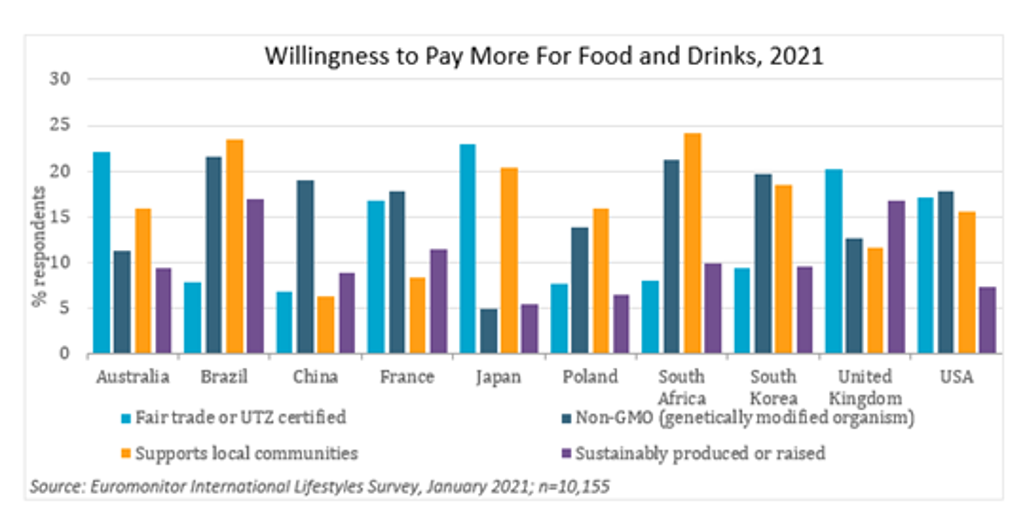In a time when the world is striving to create a balance between sustainability and profitability, a challenge such as food waste can retract a significant part of these efforts to ground zero.
With recent advancements in the sustainable development landscape and increased international pressure on countries to play a role in mitigating associated risks, many countries are exploring novel ways to reduce food waste across all levels of the value chain.
The magnitude of the challenge
Food waste occurs across all layers of the value chain with varying levels of intensity. In order to best understand what kind of waste can be avoided and what needs infrastructure reform to be mitigated, it is vital to segregate food loss from food waste. Food waste is defined as food that has been through the entire supply chain and reached the end consumer in a condition fit for consumption but is discarded. Food waste occurs most frequently at the retail and consumption stages of the food supply chain.
Food waste becomes more expensive the further down the value chain it travels, both economically and environmentally. The loss at the consumer end bears greater weight on the economy and the environment versus that at the harvest stage. Therefore, the need to change the consumer relationship with food is a pressing one, not only because of the amount of food wasted but also because of the environmental and economic ramifications it has on the entire food system.
The environmental impact of food waste is irreparable, depleting finite resources such as water, damaging soil fertility and energy consumed across each step of the value chain. Some 8-10% of all greenhouse gas (GHG) emissions come from food waste. The US Environmental Protection Agency (EPA) reported that food is the single largest component taking up space inside US landfills, comprising 24% of municipal solid waste (US EPA 2020).
In 2021, climate change became more prominent as the world experienced unprecedented extreme heatwaves in some regions and deadly floods in others. This is just the initial consequence of a mere 1.1 degrees Celsius rise in global temperature compared to pre-industrial levels.
Food system reform has become an inevitable necessity
The challenges associated with food systems - whether food security, food waste or challenges across the value chain - have historically been approached in a reactive manner. This has hindered the progress of any solution as it means always reacting to changes within the food environment.
The concept of food system reform has been introduced theoretically in the past but never before has there been a more pressing need to control climate change, to preserve depleting resources and maintain a sustainable flow of food for generations to come.
Looking closely at sources of food waste post-harvest, it is clear that much can be mitigated through creating efficiencies in the current operating systems, in addition to enhancing performance by adopting new technologies and evolved forms of economy, such as a circular economy.


A coherent approach for countries that strive to achieve sustainable development goals is instrumental in reaping continuous results. Analysing the many countries that are setting the benchmark in reaching their food waste reduction target, creating initiatives that involve all stakeholders appears to be the most impactful. The UK has already reduced post-farm gate loss and waste by 27% as reported by Waste and Resources Action Programme (WRAP). This has been achieved by the concerted efforts of both government and business, engaging households as well.
As the world re-evaluates the challenge of food waste, many retailers and manufacturers are revisiting their definition of food items and their associated value. Many new initiatives have sprouted from this shift in perception and led to rescuing tonnes of fruits and vegetables - and have also created a new stream of income for retailers.
Consumers around the globe are becoming increasingly aware of the repercussions of their actions on the environment and this is driving change from the bottom up, from consumers to brands. As awareness is heightened, consumers are placing pressure on retailers and brands to adopt more environmentally sustainable solutions, while reducing food waste is becoming a vital measure in this matrix.

Agility, and capturing and leveraging this change in mindset will differentiate between brands that will secure sustainable growth and others that will cease existence in a decade from today as market dynamics change. Many brands have introduced innovative solutions to sustainable production or sourcing spaces in order to win over this growing base of consumers.
For further insight, see our report
